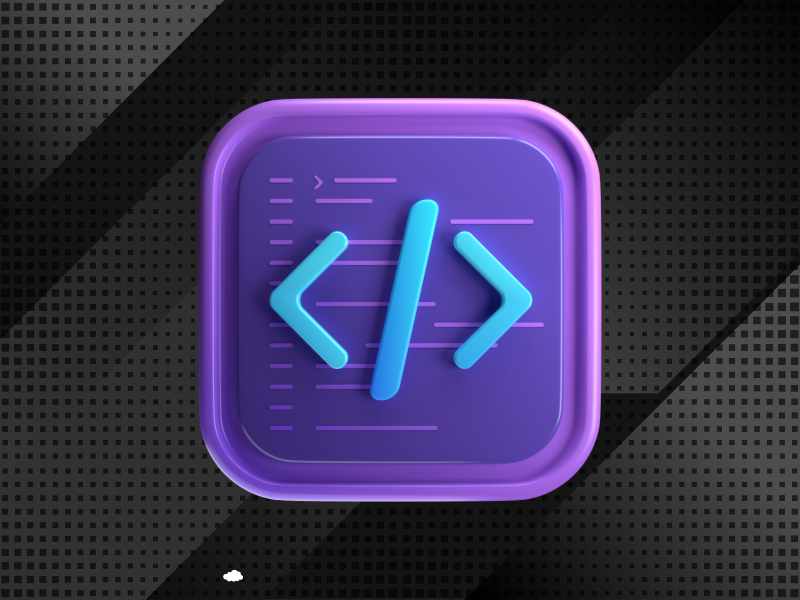Written by Thierry Delran, Mateus Alexandre, Chris Koh, and Lucas Braga, DevOps Engineers
As cloud-based workflows gain traction, Infrastructure as Code (IaC) has emerged as a fundamental tool for automating and managing cloud resources. Within AWS Studio in the Cloud (SIC) environments, IaC plays a pivotal role in enhancing resource management and streamlining infrastructure operations. By automating tasks such as Active Directory management and environment duplication, IaC significantly reduces manual intervention and improves overall efficiency. Below is a brief listing of the components that comprise a Studio in the Cloud Environment followed by an exploration of the key benefits of Infrastructure as Code.
Contents
- Components of a Typical Studio in the Cloud Environment
- #1 – Better Management with IaC for SIC
- #2 – Simplified Environment Duplication
- #3 – Seamless Multi-Region Deployment
- #4 – Streamlining Infrastructure Configuration
- #5 – Cost Control Through Resource Tagging
- #6 – Risk Reduction with Test Environments
- #7 – Scalable Growth Following Best Practices
- #8 – Ability to Use Different Tools with Terraform
- Conclusion & Next Steps
- About TrackIt
- About Thierry Delran
- About Lucas Braga
Components of a Typical Studio in the Cloud Environment
- VPC: The VPC and its components – subnets, NAT and internet gateway, route tables, NACLs, serve as the foundational networking construct, enabling segmentation and isolation of resources within the cloud environment.
- Active Directory: Facilitates centralized management of user accounts, permissions, and authentication within the Studio in the Cloud (SIC) environment.
- HP Anyware Manager: Provides centralized management and monitoring capabilities for HP workstations deployed within the SIC environment.
- HP Anyware Connector: The HP Anyware Connector and components – Amazon Cloudfront, AWS WAF (Web Application Firewall), AWS Global Accelerator, and Load Balancer, ensures secure and high-performance access to studio resources.
- Amazon FSx (Shared Storage): Offers shared storage solutions, enabling collaboration and data sharing among users and applications within the SIC environment.
- Workstations: Provide the computing power and software environment necessary for content creation and editing within the studio.
- License Server: Manages software licenses, ensuring compliance and efficient utilization of licensed software across the SIC environment.
#1 – Better Management with IaC for SIC
One of the key benefits of using IaC within Studio in the Cloud (SIC) is improved management capabilities. This includes streamlining Active Directory management by automating tasks such as cleaning terminated instances from the Active Directory and applying Group Policy Objects (GPOs) automatically. Automation not only reduces manual intervention but also enhances the overall efficiency of resource management.
#2 – Simplified Environment Duplication
Another advantage of IaC for SIC is the ease of duplicating environments. This is particularly beneficial when dealing with Network Access Control Lists (NACLs) and their associated rules, where IaC enables the creation and management of a high number of NACLs across different environments seamlessly.
#3 – Seamless Multi-Region Deployment
Utilizing Infrastructure as Code also facilitates multi-region deployments by simplifying the process of creating resources in different regions. This capability ensures a streamlined approach to managing resources across geographically dispersed locations, enhancing agility and scalability for organizations utilizing Studio in the Cloud (SIC).
#4 – Streamlining Infrastructure Configuration
IaC also contributes to significant time savings by defining the infrastructure’s desired state without detailing all the steps required to reach that state. For instance, it allows for the configuration of Public IP or Private IP on Connectors using just one flag. IaC streamlines complex setups with modules that have dependencies and reduces pre-workstation setup times that typically involve numerous dependencies.
#5 – Cost Control Through Resource Tagging
Organizations that leverage IaC can also control costs effectively by streamlining the implementation of tags on created resources. Tags provide greater visibility and accountability in resource usage.
#6 – Risk Reduction with Test Environments
IaC can be used to reduce risks through the creation of test environments separate from the production systems. This segmentation allows for safe experimentation and development without impacting critical systems, thereby enhancing the overall reliability and stability of the infrastructure within a Studio in the Cloud environment.
#7 – Scalable Growth Following Best Practices
IaC plays a crucial role in promoting scalable growth while adhering to best practices within Studio in the Cloud (SIC). By defining infrastructure configurations as code, dev teams can ensure consistency and compliance with established standards across environments. This helps streamline the deployment of resources and also minimizes the risk of configuration drift.
#8 – Ability to Use Different Tools with Terraform
One of the strengths of IaC, particularly when using Terraform, is the ability to integrate seamlessly with a variety of tools. This fosters enhanced automation and adaptability for organizations using Studio in the Cloud (SIC).
- Ansible can be used to handle the installation and configuration of tools such as HP Anyware Manager.
- Packer creates Amazon Machine Images (AMIs) for environments without internet connectivity, ensuring robust infrastructure deployment strategies.
- Shell Script within Terraform allows for the execution of custom scripts such as user_data, further enhancing the automation capabilities and versatility of IaC within SIC.
Conclusion & Next Steps
The adoption of Infrastructure as Code (IaC) practices represents a significant shift in how organizations manage and automate their cloud resources, offering unparalleled benefits in terms of efficiency, scalability, and reliability. By embracing IaC, organizations can streamline their operations, reduce manual intervention, and ensure consistency across environments, leading to improved resource management and cost-effectiveness.
For organizations looking to implement a Studio in the Cloud (SIC) environment on AWS, it is recommended to seek the assistance of a recognized AWS Partner with demonstrated expertise in the Media & Entertainment (M&E) vertical to ensure a successful implementation.
About TrackIt
TrackIt is an international AWS cloud consulting, systems integration, and software development firm headquartered in Marina del Rey, CA.
We have built our reputation on helping media companies architect and implement cost-effective, reliable, and scalable Media & Entertainment workflows in the cloud. These include streaming and on-demand video solutions, media asset management, and archiving, incorporating the latest AI technology to build bespoke media solutions tailored to customer requirements.
Cloud-native software development is at the foundation of what we do. We specialize in Application Modernization, Containerization, Infrastructure as Code and event-driven serverless architectures by leveraging the latest AWS services. Along with our Managed Services offerings which provide 24/7 cloud infrastructure maintenance and support, we are able to provide complete solutions for the media industry.
About Thierry Delran

DevOps engineer at TrackIt since 2022, with master’s degrees in computer science, Thierry has deep expertise in building and managing AWS Studio in the cloud environments as well as setting up large-scale Deadline render farms.
Thierry thrives in situations when Chaos needs Order and Automation (across fields).
About Lucas Braga

Data Scientist by formation and DevOps by experience, Lucas has been a DevOps Engineer at TrackIt since 2021. With 8 years of experience spanning Media & Entertainment, TV, and Design, he brings a unique perspective to projects.
An out-of-the-box thinker and serial problem solver, Lucas excels at finding innovative solutions.

